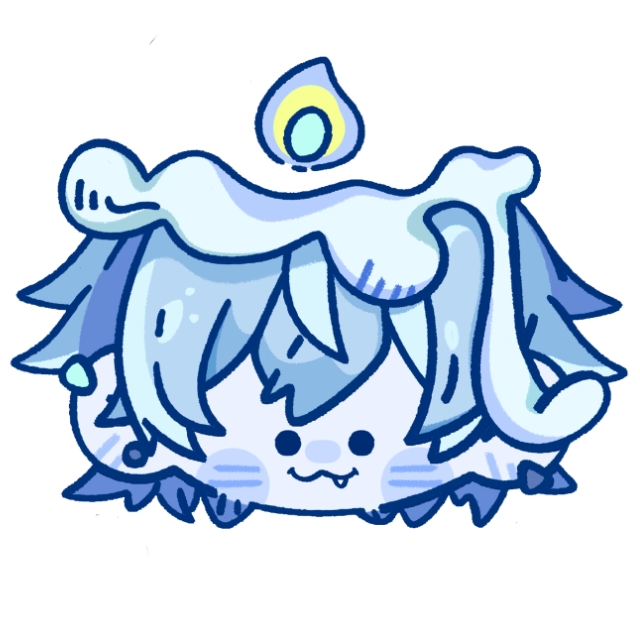[THE HISTORY AND THEORY OF ANIMATION]
Lens language is to use the lens to express our meaning like language. We can usually see the intention of the photographer through the picture taken by the camera, because we can feel the content that the photographer wants to express through the lens from the theme and the change of the picture.
‘The language of the lens encompasses how the lens mediates and interprets the physical world.’
Book Cinematography: Theory and Practice Author Blain Brown
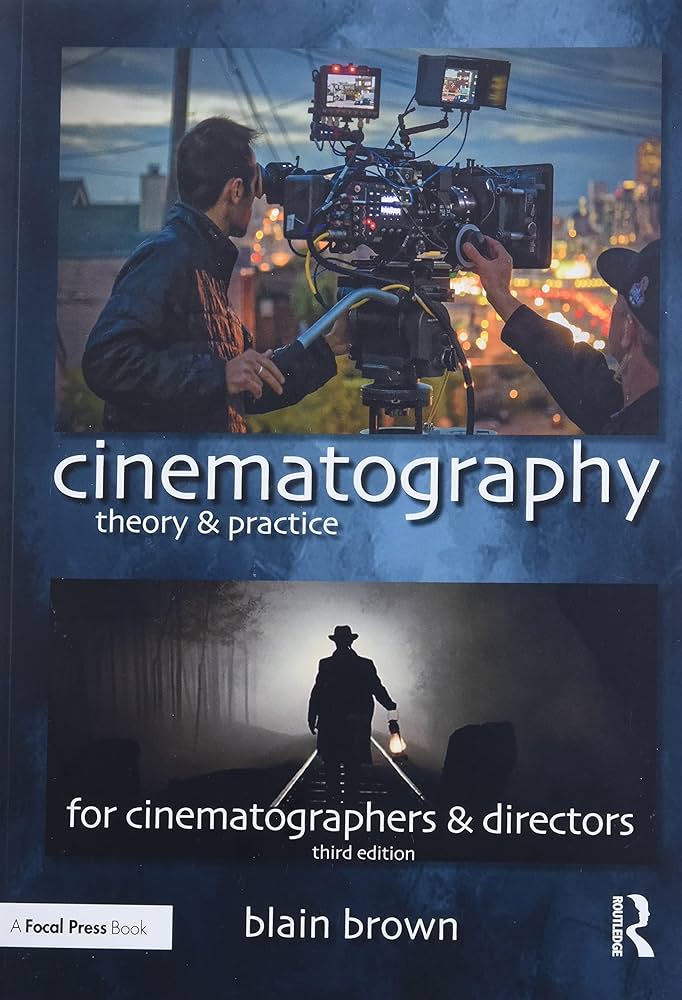
Camera Works:
- The framing of the shot / the timing of the shot
- The angle of the shot
- The movement of the camera within the shot
Type of Camera Shots and Angles / Analysis

- Extreme Long Shot: establish a scene & set an impression.
- Long Shot / Full Shot: show the full length of any futured characters from the feet to the top of the head, reveal a character in relation to their immediate surroundings.
- Mid Shot: to portray a detail within the action; dialogue scenes; show character interaction.
- Close-up Shot: enhance the emotion of a scene or draw particular attention to an act.
- Extreme Close-up Shot: for a dramatic effect.
- Low Angle: give a sense of powerlessness an insecurity for the viewer. The character or subject matter becomes all powerful and strong while the viewer has a sense of helplessness.
- High Angle: a character shot with a high angle will look vulnerable or small and less significant.
- Point of view Shot: a subjective shot as it represents what the character sees from their perspective.
- Worm’s Eye: taken from a low angle, looking up at the subject.
- Bird’s Eye: Overhead shot, the camera placed directly above the subject (90-degree angle above the scene), background setting.
Camera Moving Methods / Analysis
[How does it apply to animation]
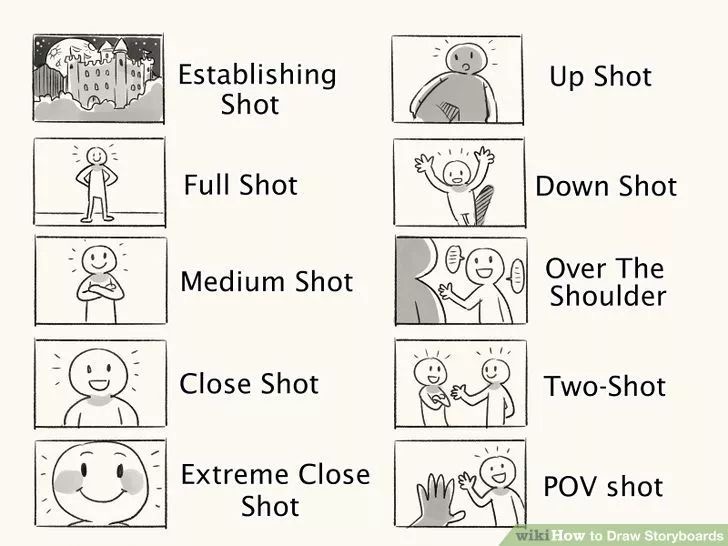
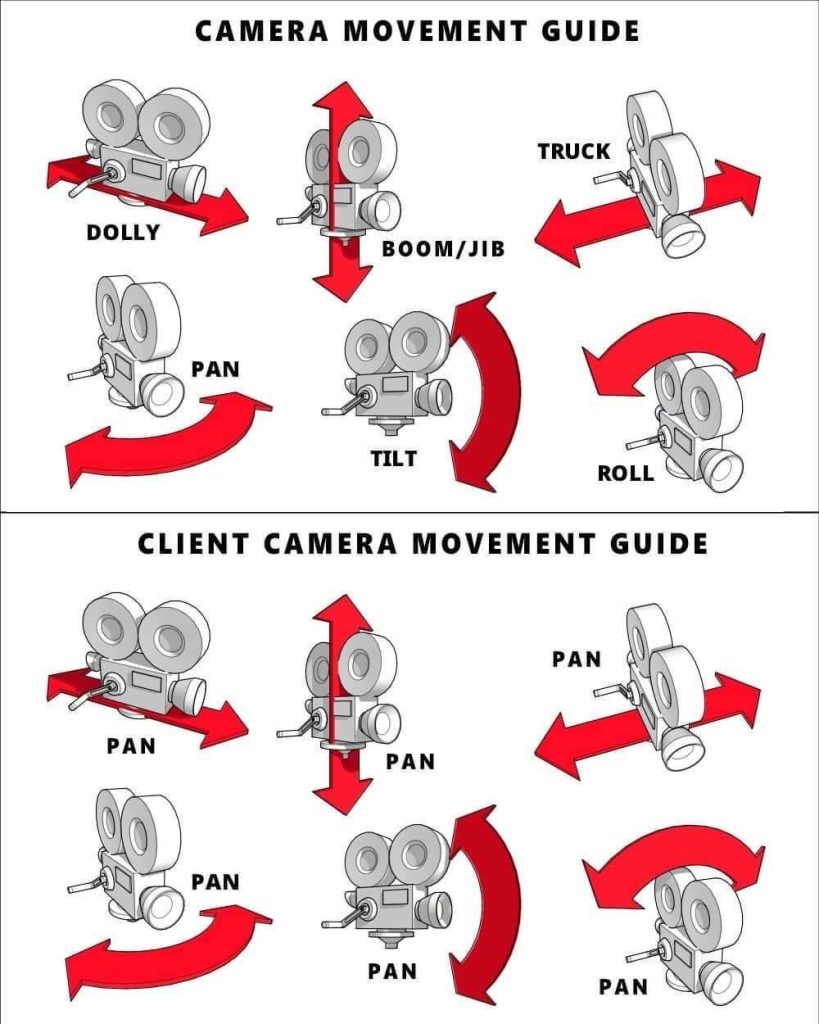
- Pan Shot: Panning is a camera movement where the camera pivots left or right on a horizontal axis while its base remains in a fixed location. In the animation, ‘PAINNING’ is realized by the movement of the painting layer and the background layer.
- Sliding (S.L): A slider allows you to move the camera along a horizontal plane to create smooth, slow movement in the direction of your choice. Similar to the principle of “follow shooting”. In the animation, the painting layer is divided into three layers, the first layer moves to the left, and the last two layers move to the right at different speeds, giving the illusion that the camera is moving horizontally.
- Tracking shot (TU/TB) / Dolly shot: When the camera physically moves through the scene rather than simply panning around from one static spot. The camera moves smoothly from field to field. According to the distance of the lens, it can be divided into long shot, full shot, medium shot, close-up shot.
- Fix shot: The position of the lens is fixed, and the subject can be static or dynamic. In animation, fix camera shots take up most of the time in each episode. The “Fix” indication appears on the shooting script to indicate stopping the camera in motion.
- Point of View Shot (POV): A film scene that is shot as if through the eyes of a character (the subject). In animation, this kind of shot helps to enhance the sense of representation.
Animation Camera Shot Analysis Exercise

Worm’s Eye Shot/ Low Angle/ Point of View Shot (POV)
Observe the mother and the little girl from the goldfish’s point of view to enhance the sense of engagement.
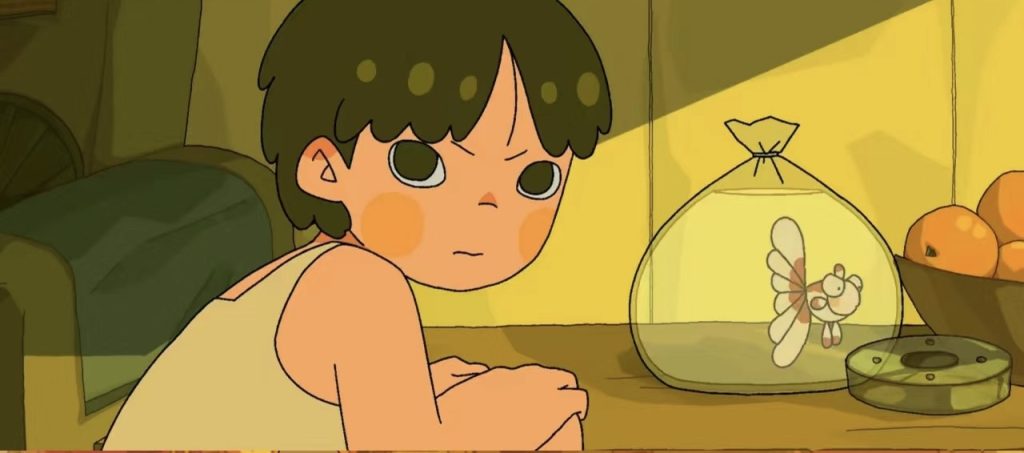
Mid Shot
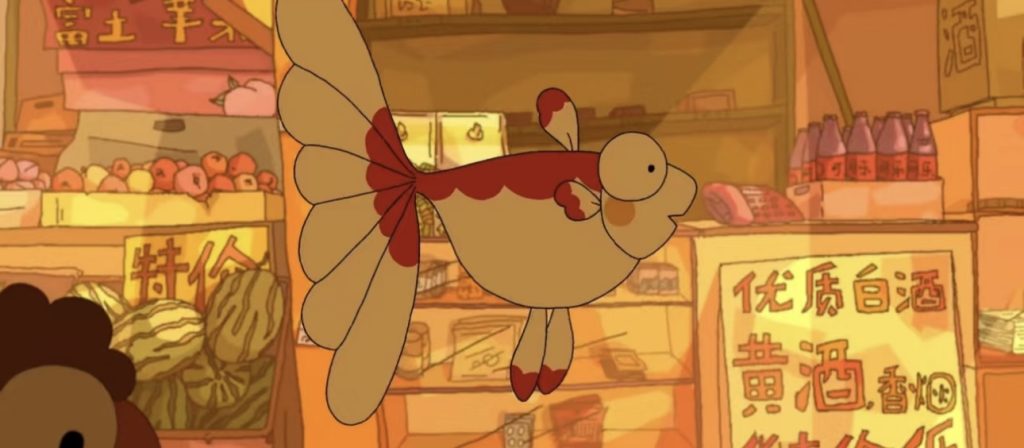
Close-up Shot
